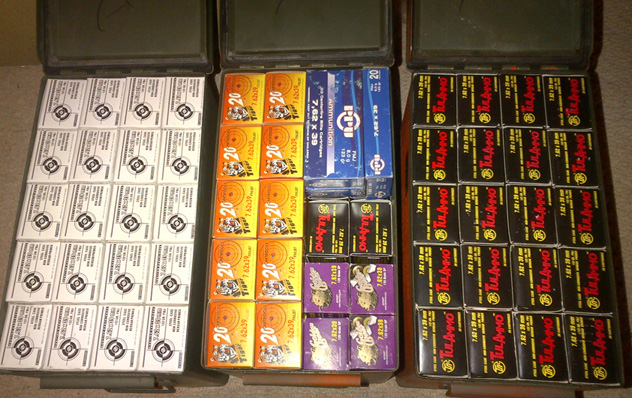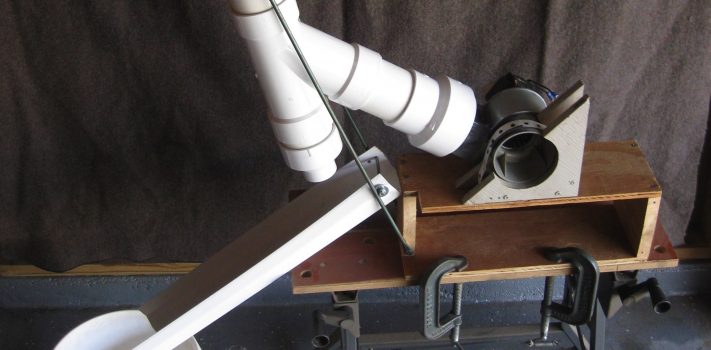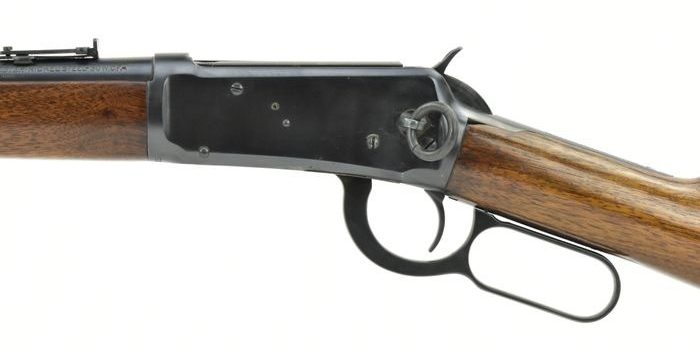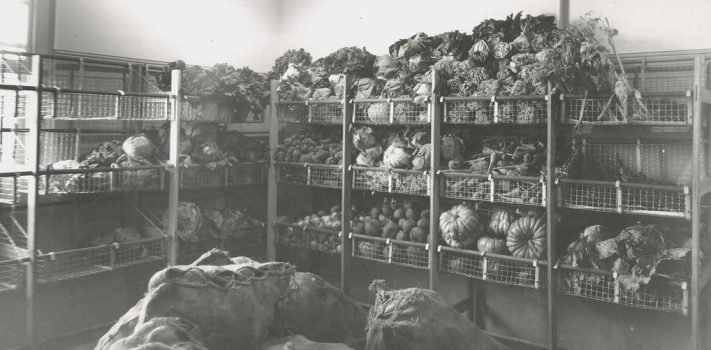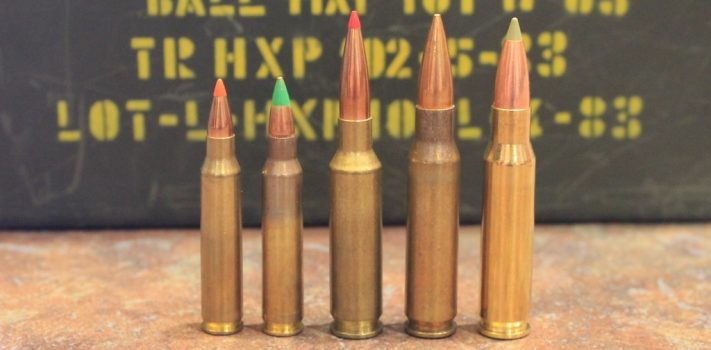Using the Grain You Have Stored, by Naomi M.
…grain, but a basic rule of thumb is that a ratio of 1 part legume to 3 parts grain gives a well-balanced source of amino acids. This is why it is recommended to store 100 lbs. beans for every 400 lbs. grain. Rice and beans is a good protein meal, as is a peanut butter sandwich, or beans and bread. Whole grains vs. “polished” grains A typical kernel of grain consists of a tiny part called the germ, which is where the new life is stored. The germ is rich in vitamins and oils. Wheat germ is a popular topping for health food types. I remember the first time I heard of it, as a teenager: “No, thanks! I don’t want any germs on my food!” Most of the kernel is composed of the endosperm, which is a chunk of carbohydrate designed to feed the growing plant until…

